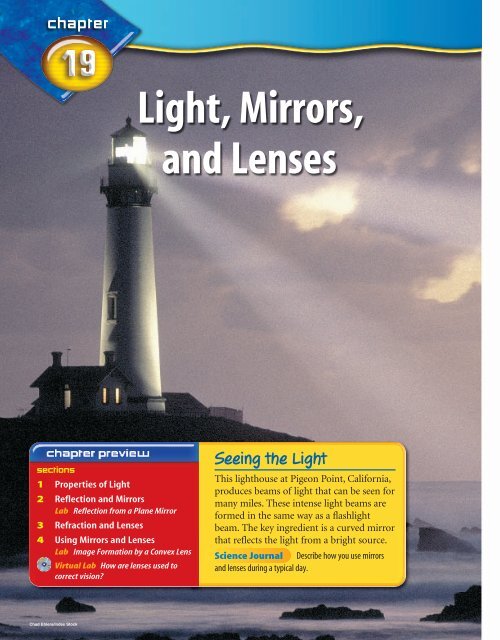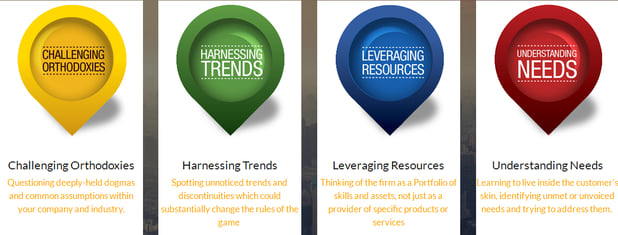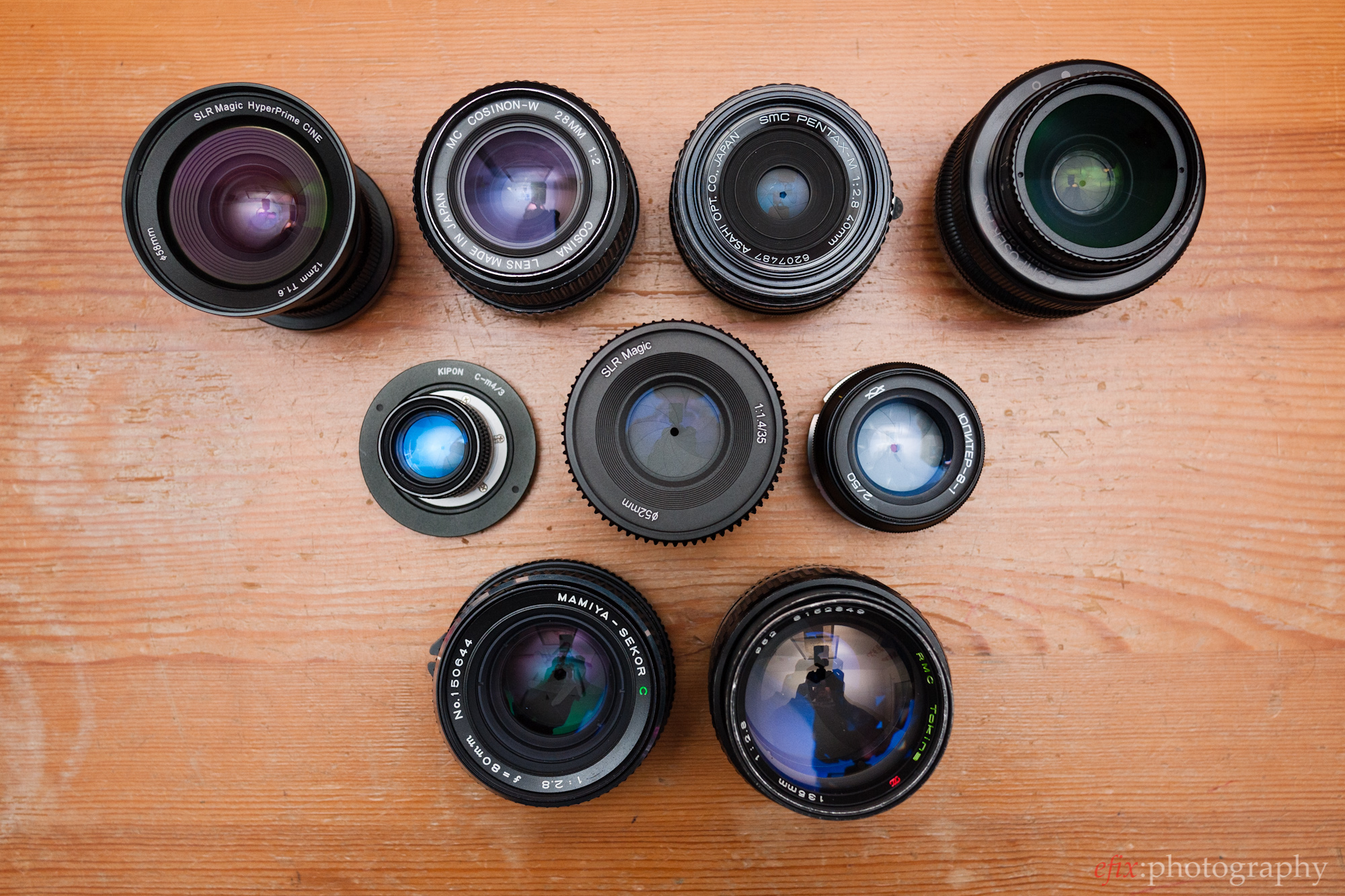4 Education Lenses
- 4 Lenses Of Education
- 4 General Education Lenses
- 4 Educational Lenses
- 4 Education Lenses
- 4 Educational Lenses
- 4 General Education Lenses
What is Brookfield’s lenses model of reflection?
Discover Transitions Optical photochromic lenses and glasses. Get adaptive lenses and designer sunglasses for UV protection from Transitions. That means more than 450 million of these cartridges are thrown away each year. When you Recycle4Education you raise money for education, create jobs and tax revenue, help keep our environment clean and safe for future generations, plus teach kids about the rewards of recycling.
If teachers are more reflective then they are better placed to make reliable judgments about approaches to teaching practice, evaluation, curriculum planning, assessment and purposeful responses to learners’ issues.
Doing this from as many alternative perspectives as possible makes sense too especially when you stand outside of your immediate self.
Some schools encourage their teachers to engage in critical reflection on evidence about teaching and students’ learning using Stephen Brookfield’s four distinct interconnecting lenses for critical reflection.
He notes that those teachers who reflect critically
see the insanity of aspiring to ways of teaching that, in the end, seriously threaten their own well-being.
Brookfield’s lenses, or perspectives, offers tools and practices to support effective teaching.
1. Self Lens
This is where we focus on our experiences as a teacher in order to reveal aspects of our pedagogy that may need adjustment or strengthening. This is an autobiographical lens which helps us as learners and teachers to consider our own experiences as a learner with reference to our own education and learning. The analysis of our own learning experiences will help to uncover our assumptions and beliefs about how people learn.
2. Student Lens
Engaging with student views of the learning environment can lead to more responsive teaching. Evaluations, assessments, journals, focus groups and/or interviews can each provide cues to improve our teaching and learning.
3. Peer Lens
Peers can highlight hidden habits in teaching practice, and also provide innovative solutions to teaching problems. We must always seek oppportunities to get an insight into a particular experience by engaging in dialogue with our colleagues through face-to-face, email, Skype etc as they can be inspirational and provide support and solidarity.

4. Literature Lens
4 Lenses Of Education
Teaching theory provides the vocabulary for teaching practice, and offers different ways to view and understand our teaching. Utilising scholarly literature in our teaching and critical reflection helps to support our thinking and wonderings.
Viewing classroom practice through these four lenses helps teachers make more informed judgments and take more informed actions.
References

Brookfield, S. (2005) Becoming a Critically Reflective Teacher. San Francisco. Jossey Bass.
And while there are a lot of different types of lenses appropriate for many different situations and needs, time and time again I find myself primarily relying on three lenses in my bag: a fast general purpose zoom (18-50mm), a macro lens and a telephoto zoom (70-200mm). These three lenses will give you enough versatility to shoot in almost any conditions. Also, these three lenses are available for just about every camera system and lens mount on the market.

1. The General Purpose Zoom
4 General Education Lenses
This is the lens that sits on my camera the most. For APS-C cameras, something in the 18-50mm range is best… for 35mm format cameras, a 24-70mm will work. This will give you the ability to go fairly wide while also being able to zoom into objects off in the distance. This lens might be your kit lens, but it should preferably be fairly fast (a fixed f/2.8 if possible) to give you greater control over depth of field. It makes a great “walkabout” lens when you aren’t sure what you will be shooting.
2. The Macro Lens
The length of this lens isn’t as important as its ability to create a 1:1 magnification of subjects. I currently keep a 50mm f/2.8 macro in my bag because it is small and light… easy to carry around for when I might need it. It makes a decent portrait lens (very sharp and the f/2.8 provides a fairly shallow area of focus) and the level of detail you can get when shooting objects up close is fantastic. Having a macro lens opens up a whole new world of tiny objects to photograph. Also, if you do any type of product photography (jewelry, food, etc.) this lens will allow you to capture a much greater level of detail than is possible with non-macro lenses.
3. The Telephoto Zoom

The telephoto zoom should be in the general range of 70-200mm with a maximum aperture of at least f/4 (faster is nice though). This will give you a lot of distance to work with and a very shallow depth of field to bring focus to your subjects. For faster moving objects, the bigger aperture will allow you to shoot at faster shutter speeds which will help capture moving objects (birds, sports) too. This is also an excellent portrait lens as the focal length minimizes distortion and narrows the angle of view to fill the frame with your subject.
Wait… what about?
4 Educational Lenses
I am sure many of you reading this have other lenses you would consider essential. A fast 50, or a wide angle or a longer zoom… and all of those are great lenses to own also. However, for someone who is new to photography or who has just bought their first DSLR, these three lenses will give them the versatility to shoot in almost any situation. Family gatherings, sports events, birds, insects, flowers, landscapes, portraits, etc. Once you narrow in on a particular type of photography that most interests you, other lenses may be more useful for that specific subject, but until then these are the lenses all photographers should be carrying with them.
What lenses would you include in your ‘every photography should own’ basket?
4 Education Lenses
Chris Folsom is a hobbyist photographer who spends much of his time photographing abandoned buildings. You can view his site at www.studiotempura.com or see more of his photos at Flickr.
4 Educational Lenses
His photos have been published in newspapers and on numerous websites.